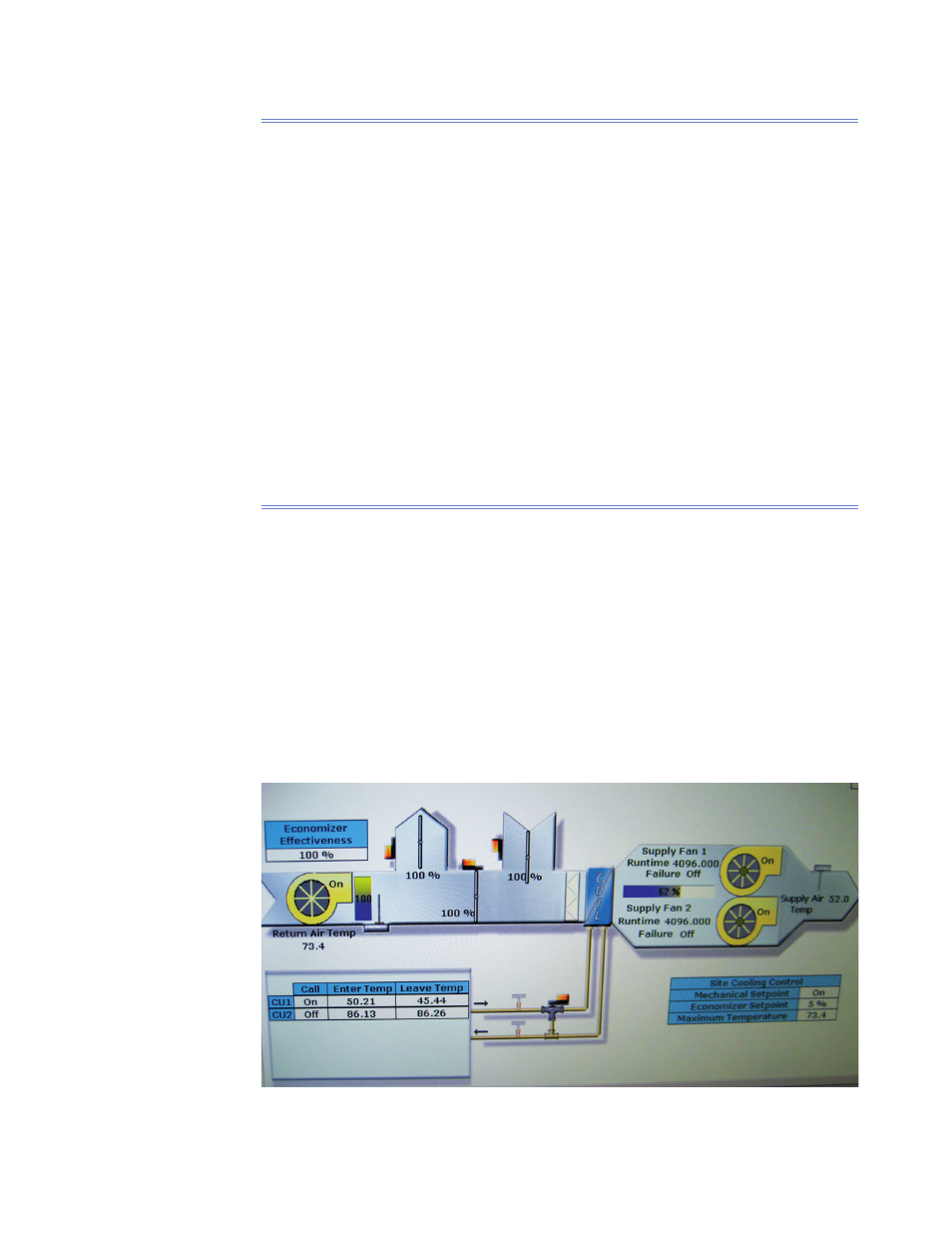Retrotec USACE User Manual
Page 66

44 ENERGY & PROCESS ASSESSMENT PROTOCOL
5.7.8 Photographs
Photographs are useful in several ways. They serve as the auditors’ memory
backup when there are many similar buildings on site, and they help the audi-
tor in saving investment cost estimates, showing details that may not have been
noticed on site. They also help the auditor with risk analysis when the restric-
tions for implementing saving measures are analyzed.
But photographs are usually only useful to the person who took them. For
others, there may not be any added value. Showing actual energy-saving pos-
sibilities or energy waste in photographs is sometimes possible (open windows,
leaking pipes, lights on during the daytime), but most of the time the docu-
mentation of air handling units, BMS screen views, and the like, is not useful
unless the photograph links to building data and surroundings and can be used
as a memory refresher when preparing the report.
5.7.9 Building Management System (BMS), Building Automation
System (BAS)
Usually the BMS is a good tool for the auditor: it makes it possible to get a lot
of information in a quick look at the energy-consuming systems (Figure 14).
Having a site staff member using the BMS and discussing the data with the
energy auditor is the best option.
The energy auditor should be aware of the restrictions and weaknesses of
the BMS when using the data in the energy-saving calculations. The setpoints
and time schedules can be seen easily, but is this the whole truth? There may
be local switches, push buttons, or timers that overrun the time schedules. The
setpoints may be okay, but are the temperature readings reliable? Have the
sensors been calibrated regularly? Especially with electro-pneumatic systems,
Figure 14. Example of a BMS screenshot.
